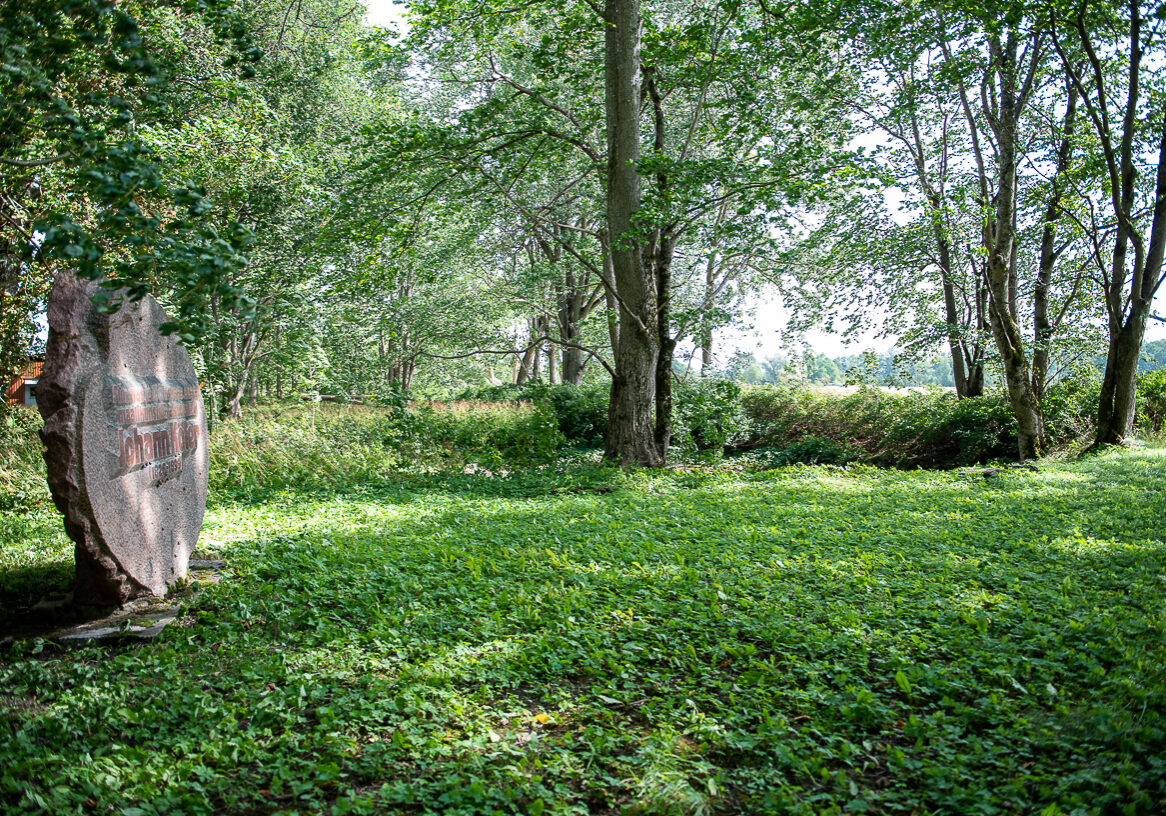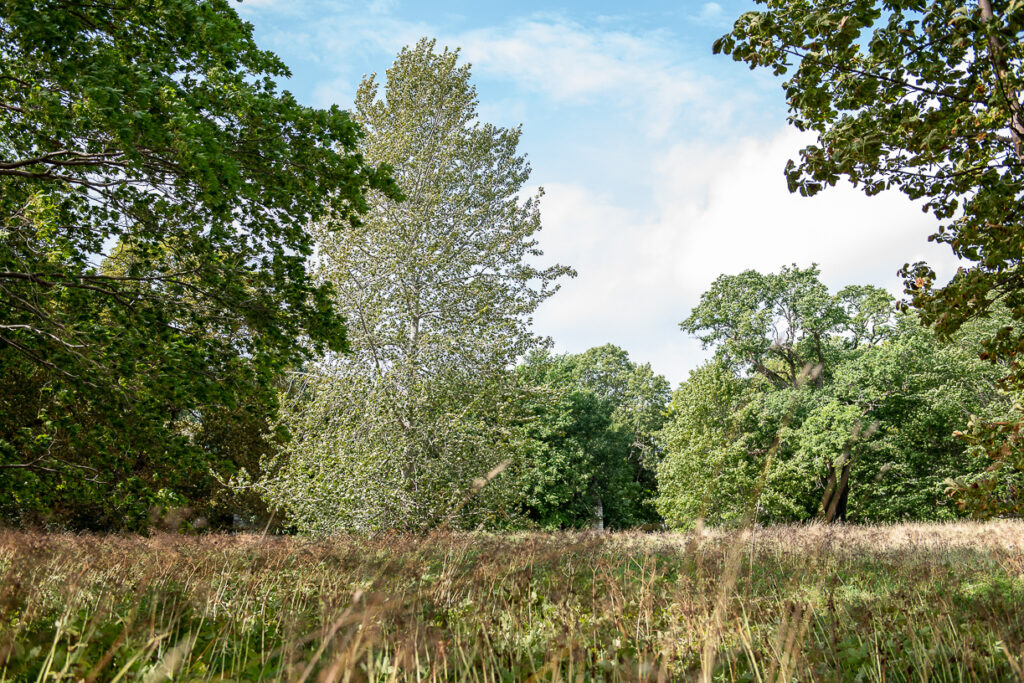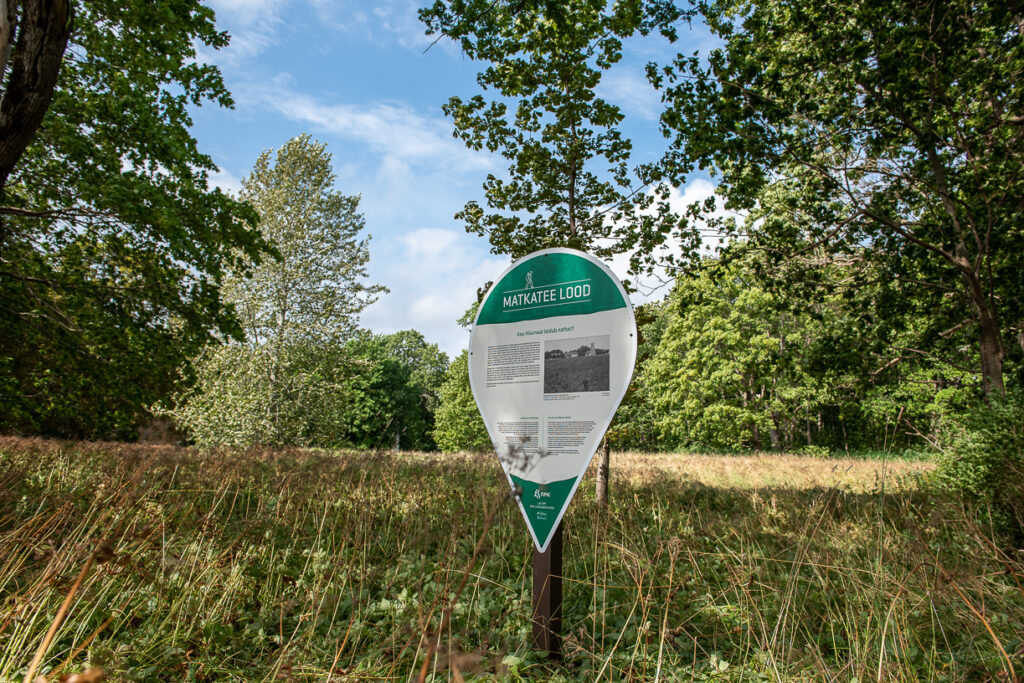Vaemla Manor

The beginning of Vaemla manorial estate was during the enfeoffment under the Swedish rule when these lands were acquired by a legendary Swedish military commander Pontus De la Gardie. As soon as in 1582, the estate was bought by the family of Wachtmeister and remained in their ownership for 165 years. Later, the estate changed hands rather often and belonged to a number of blue-blooded families.
From the perspective of the cultural history of Estonia, the estate is made valuable by the period when the first Estonian professional artist Johann Köler (1826-1899) lived and worked at the estate. Köler was an academician of St. Petersburg Academy of Arts and worked in the 1860-ies and 1870-ies as the art teacher of the Russian Czar’s daughter, grand duchess Maria Aleksandrova. At the same time, Köler did a lot for his home country and influenced significantly the Estonian National Awakening
In 1863-1864, while travelling in Estonia, Johann Köler visited Hiiumaa and was invited to Vaemla by the then owner of the estate Karl Jakob Rudolf von Gernet (the same persons are depicted in a book by Jaan Kross “The Third Hills”). Here, the artist made the drafts of many of his later paintings (“Hiiu Women by a Well”, “Hiiu Peasant with an Axe”, “The Blessing Christ”.).
Another prominent figure of the Estonian culture had also connections with Vaemla estate. Ado Velmet (Adolf Villmann) (1910-1974), a composer, choir conductor and music teacher, was born in Vaemla. Unfortunately, the house where he was born and where he grew up has not preserved.
Gallery
It is a waypoint on the journey
You might also be interested in:




